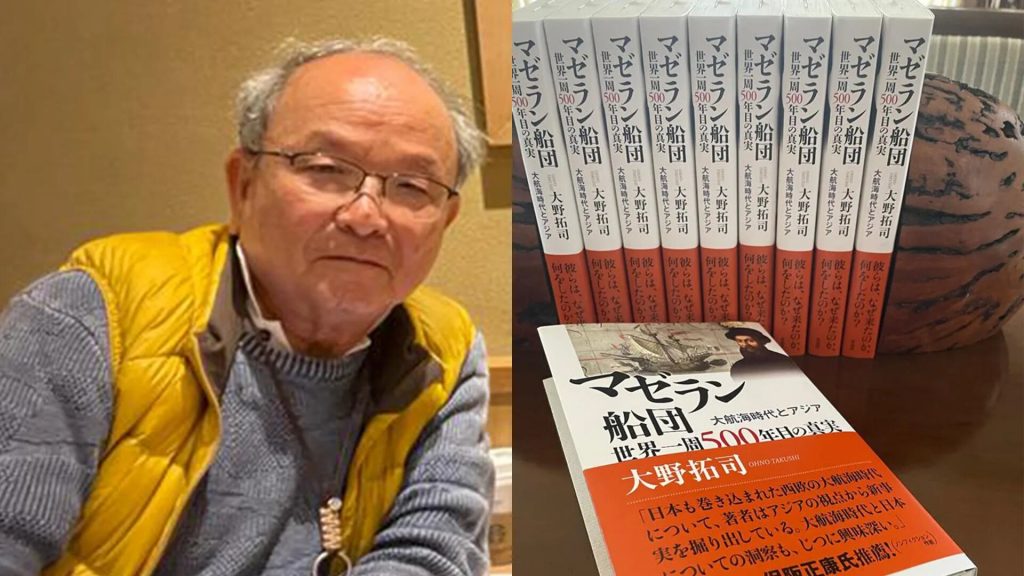Takushi Ohno, a retired journalist and head of the UP Alumni Association-Japan chapter, writes a new book that also shows why the Philippines is in his heart
MANILA, Philippines – A Japanese Filipinologist has published a new book that revisits the story of Ferdinand Magellan’s circumnavigation of the globe, adding another title that contributes to the mutual understanding and friendly relations between the Philippines and Japan.
Scholars play a key role in bridging ties between countries as their teachings and outputs – books, research papers – are used by students and policymakers, and this latest book by retired journalist Takushi Ohno is no exception.
The book, The Truth Behind the Circumnavigation of the Magellan Fleet after 500 years, written in Japanese, tells readers about the perilous but historic voyage that first discovered a route around earth.
The book takes off from Ohno’s 16-part series for the 500th anniversary in 2021 of the arrival of Ferdinand Magellan’s fleet in the Philippines, published by the Japanese language news outfit, Daily Manila Shimbun.
An English translation of the series is available online via a subscription to Daily Manila Shimbun. While the series focused on the Philippines, the 280-page book builds on it by taking up Philippine relations with Japan, China, and other countries in the Asia-Pacific region.
“My book is not for students but for general readers who know little about the Philippines. I wrote this book in order to introduce history, people, society and culture of the Philippine islands at the occasion of Magellan’s 500th anniversary,” Ohno said in an e-mail response to questions from Rappler.
Ohno is known in Philippine history circles for his first book, War Reparations and Peace Settlement: Philippines-Japan Relations 1945-1956, published in English by Solidaridad Publishing House in 1986. It’s an authoritative material that explains the negotiations on the war reparations, and how the Philippines ended up with much less than what it demanded despite having the most World War 2 casualties among countries in Asia outside of Japan.
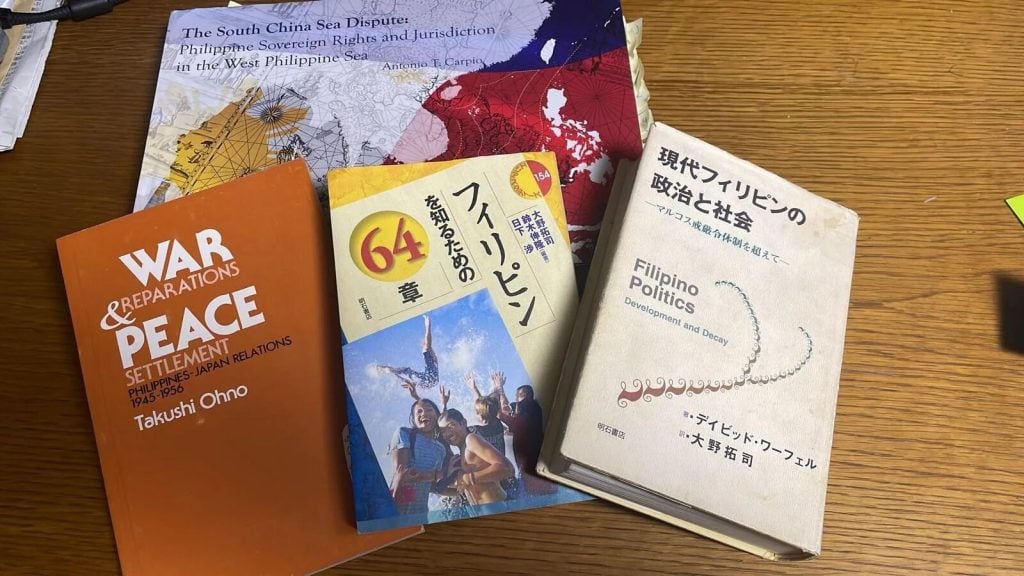
He has also translated Filipiniana books into Japanese including Carmen Pedrosa’s The Untold Story of Imelda Marcos (1969), David Wurfel’s Filipino Politics: Development and Decay (1991), and retired Supreme Court Justice Antonio Carpio’s e-book The South China Sea Dispute: Philippine Sovereign Rights and Jurisdiction in the West Philippine Sea (2017). He is also co-author and editor of the Japanese book, 64 Chapters for Understanding the Philippines (2016).
Second home
Ohno, now 75, has the Philippines in his heart due to the many friends he has made here after living here for 10 years. Manila is where he met his wife, Yurie, a music teacher sent by the Japanese government in the seventies to tutor in the Manila Japanese school. Ohno was then a part-time Japanese language teacher to Filipinos at the school.
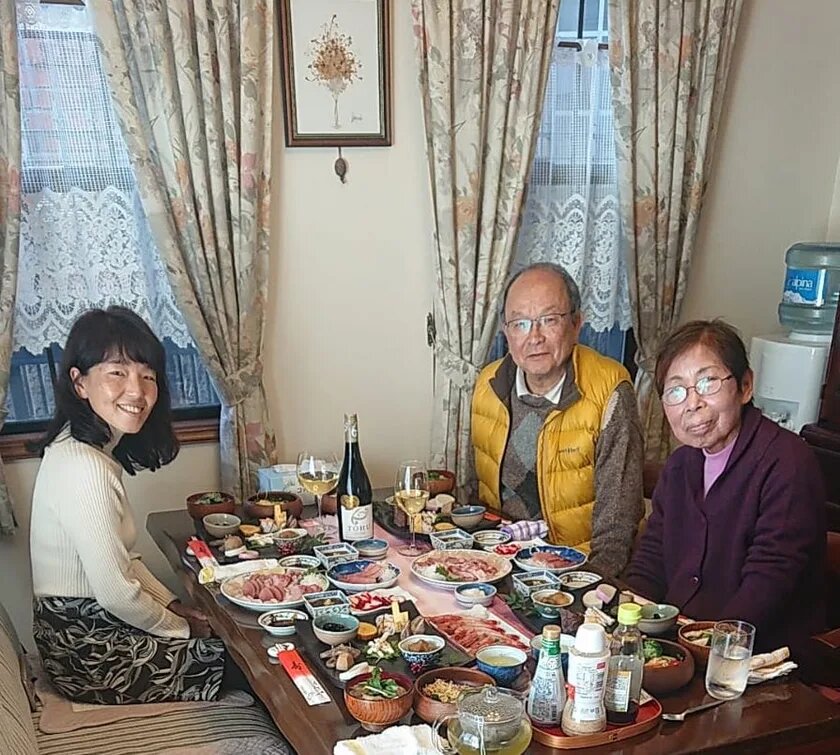
They married in 1977 in Christian rites at the Union Church in Makati, with the late professor Ajit Singh Rye, father of University of the Philippines (UP) political science Assistant Professor Ranjit Rye, and Dr. Josefa Saniel, as godparents. Both Rye and Saniel had served as deans of the Asian Center, and Saniel has been called the “grand dame of Japanology in the Philippines.”

Ohno, who speaks and understands basic conversational Filipino, has memorable experiences during Martial Law, including getting arrested for violating curfew and being made to cut grass in Quezon City.
In 1972, with a recommendation from the Japanese embassy in Manila, he served as a guide and interpreter of a group sent by the Japanese government to look for two Japanese stragglers, including Lieutenant Hiroo Onoda, in Lubang Island, Mindoro. Although the team didn’t find the stragglers, Onoda would eventually surrender to then-president Ferdinand Marcos two years later. Ohno would also get to personally meet Onoda when the latter visited Kenya in 1987, when Ohno was posted in Nairobi as chief of Asahi Shimbun‘s Africa bureau.
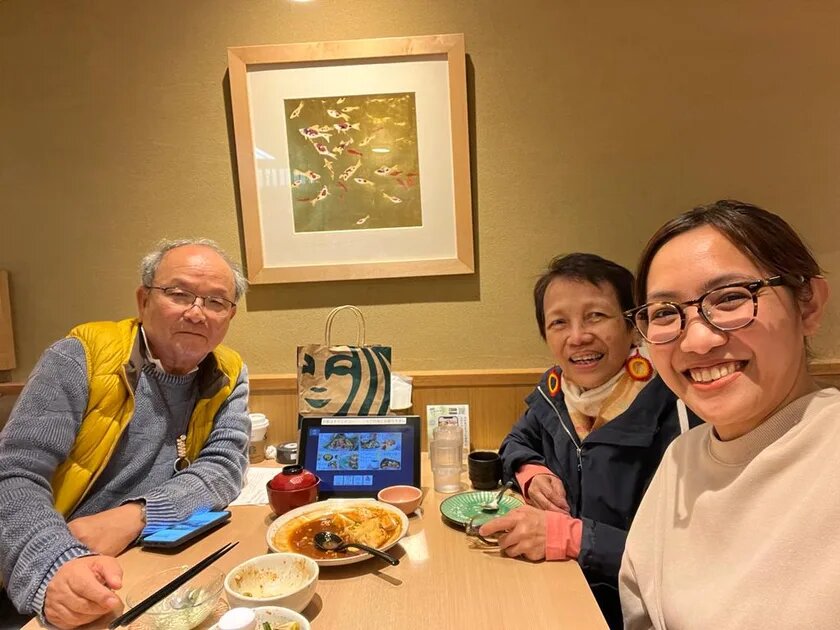
Ohno took up his post-graduate studies at UP from 1970 to 1977, getting a masters degree in Asian Studies from the state university’s Asian Center. He pursued a doctorate in political science, also at UP, but wasn’t able to complete it after he opted to join Asahi Shimbun as a staff writer. He would return to the Philippines 16 years later to head the Manila bureau of Asahi Shimbun in the last year of the Cory Aquino administration, and witnessed the first democratic elections post-1986 with the victory of Fidel V. Ramos in 1992.
As testament to his value as a Filipinologist, he has served for 35 years as president of the UP Alumuni Association–Japan Chapter (UPAA-J).
Ohno says he continues to write about the Philippines since he believes his second home is one of the most important neighbors of Japan, especially in terms of security and economy.
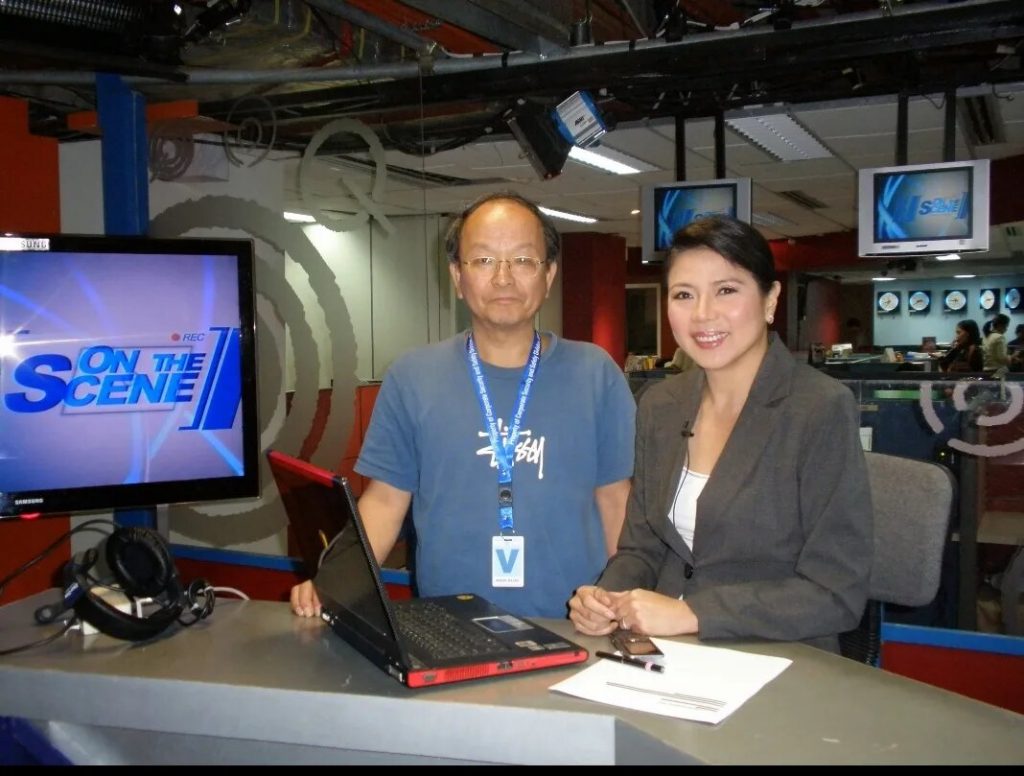
Personal circumnavigation
His latest book is the first that gives a glimpse into Ohno’s own circumnavigation as a citizen and as a journalist.
In the book’s prologue, Ohno recalls that when he was asked four years ago about the 500th anniversary of Magellan’s expedition in 2021, he “hurriedly began to look into it” and “at the same time, recalled my experiences and memories from my youth.”
He recounts his visit to the Cape of Good Hope, often mistakenly thought of as the southernmost tip of the African continent, a place in South Africa that was important to early discoverers.
“The tip of the Cape Peninsula is Cape Point… A lone lighthouse stands at the top of the hill. As you stare intently ahead, you can feel the waves and wind carrying the heartbeat of the earth. The area up to Cape Point has now been developed as a nature reserve, with walking trails and other facilities, and is a popular tourist attraction in post-apartheid South Africa,” he writes.
“The Cape of Good Hope is not the southernmost tip of the African continent. The southernmost point is Cape Agulhas, located at 20° 01′ east longitude and 34° 83′ south latitude. It is located about 150 kilometers southeast of the Cape of Good Hope, and when looking directly at the ocean, the marker that says ‘Atlantic Ocean’ on the right and ‘Indian Ocean’ on the left in English catches the eye.”
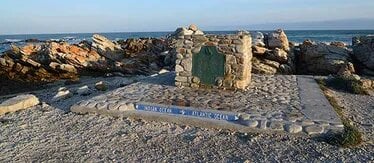
Ohno points out how this is connected to the voyages of the pioneers of globalization.
“In 1498, the Portuguese navigator Vasco da Gama sailed around here and arrived at Calicut on the west coast of India. From a European perspective, the crossing of Cape Agulhas was an epoch-making event that opened the door to the full-fledged Age of Discovery.”
As a journalist, Ohno was posted in Africa, the Philippines, and Australia, which gave him a unique perspective on life as well as the political economies in three continents. He was also a roving correspondent of Asahi Shimbun in the then-Union of Soviet Social Republics’ and Eastern Europe’s turbulent year in 1990.
He recalls going to India when he was still a student, and realizes belatedly the close sea link between Asia and Africa.
“Walking from Bombay (now Mumbai) Port to the city. On the way, as I was taking a break and sipping chai (black tea) at a stall, a young man passing by the shop approached me and asked, ‘Are you going to Africa?’ That was surprising. I was a little surprised to hear a place name that I had never expected, but when I looked at the map again, I understood. The sea in front of us is the Arabian Sea. If you close your eyes, you can imagine the Arabian Peninsula stretching out beyond you, leading to the vast continent of Africa. Well, I realized that Bombay is surprisingly close to Africa.
“Looking back, I have visited many places that are familiar to me from the Age of Exploration. However, at that time, even when visiting such places, apart from the Cape of Good Hope, I did not think about the Age of Discovery.”
Using historical accounts by Italian scholar Antonio Pigafetta and other first-hand materials translated into Japanese, Ohno recounts the encounter between Magellan and the natives that would eventually lead to his death in a battle led by Lapu-Lapu, chieftain of Mactan.
He says Magellan encountered friendly natives, “almost similar to the people of the Philippines today.”
“Magellan’s arrival in the Philippines was a prelude to the conquest, colonization, and Christianization of the islands. Lapu-Lapu, the chieftain of Mactan Island, killed Magellan and was later hailed as a ‘national hero’ of the Philippines, becoming a symbol of nationalism,” writes in the book’s epilogue. “Today, Mactan Island has a monument to Magellan and a statue of Lapu-Lapu in an area that has been developed as a park, and is one of the tourist attractions.”
He writes that while it took 1,082 days or roughly 3 years for Magellan and his successor, Elcano, to circumnavigate the globe in a westerly direction and return to a port in Spain, today it takes commercial airlines only around 50 hours (including layovers) to circumnavigate the globe.
Ohno wrote the book partly because of the need to present views from Asia and the developing world about world history, and urges students of history to read first-hand sources now available as e-books which heretofore were not readily available.
Referring to Magellan’s and other early explorers’ voyages, which came to be known worldwide as the “Age of Grand Navigation,” he writes that the idea that “European history is world history remains stubborn and deep-rooted.”
“Still, movements continue to be pushed back and pushed back, sometimes gently, sometimes violently, in various parts of the world to force a rethinking of history. I looked back on the past with a modest desire to join in this movement,” he says. – Rappler.com
Source: https://www.rappler.com/life-and-style/philippines-in-the-heart-japanese-book-on-ferdinand-magellan/

